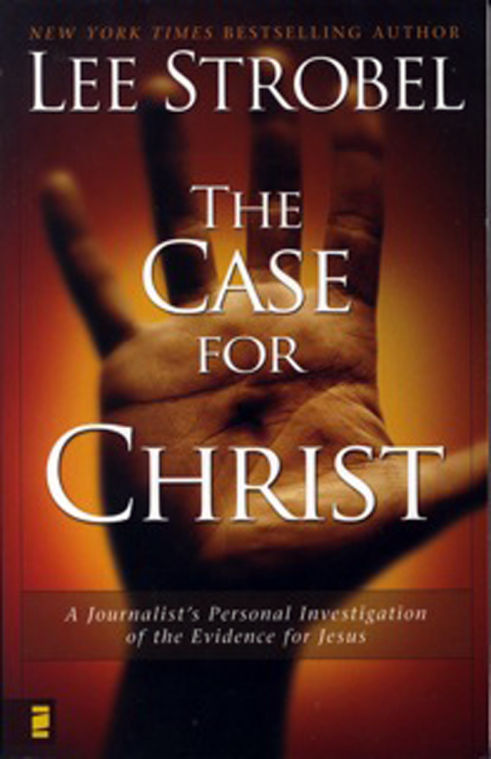I recently reviewed a book by scholar Reza Aslan that attempted to prove the orthodox view of Jesus of Nazareth is mistaken. Indeed, he says church officials repackaged Jesus’ story to make it more appealing to first century gentiles and Roman authorities.
Several readers wrote me to disagree with Aslan’s thesis. One was kind enough to send me a book promising to show the truthfulness of the Gospels through a systematic examination of the evidence that supports orthodox Christian teaching.
Lee Strobel was an award-winning editor of the Chicago Tribune with degrees in journalism and law. He and his wife were skeptics until 1979 when she suddenly became a Christian. Fascinated by the changes in character, integrity and confidence he saw in her, Strobel began to investigate Christianity in the same rigorous way he investigated evidence for a courtroom trial.
“The Case for Christ” begins with the author telling about a murder case in Chicago. The police found evidence, the prosecutor presented it and a jury found James Dixon guilty. Later, new evidence appeared and Dixon was eventually exonerated.
Strobel recounts this case because it was much like his spiritual journey. He refers back to the case often as he systematically examines historical evidence about Jesus. This effort changes him from an atheist to a committed Christian. (He later became a pastor and is now a professor of Christian thought at Houston Baptist University.)
Part one examines the historical record. As he travels across the country interviewing scholars, he gets answers to these questions:
• Can the biographies (Gospels) be trusted?
• Do they stand up to scrutiny?
• Were they reliably preserved?
• Is there evidence outside the Gospels?
• Does archaeology confirm them?
• Is the “Jesus of history” the same as the “Jesus of faith”?
The experts he consults are all highly regarded in their fields. Among them are Dr. Craig Blomberg of Denver Seminary, Dr. Bruce Metzger of Princeton Theological Seminary and Dr. John McCray of Wheaton College. Each scholar answers the questions in the affirmative. They all completely believe the Biblical accounts about Jesus and put to rest any doubts that maybe expressed elsewhere.
Part two of the book continues the pattern, this time analyzing Jesus.
• Was Jesus convinced he was the Son of God?
• Was he crazy making this claim?
• Does he fulfill the attributes of God?
• Did Jesus alone match the identity of the Messiah?
Again, each authority assured him of the validity of Christian teaching.
Part three concentrates on the Resurrection.
• Was Jesus’s death a sham, resurrection a hoax?
• Was his body gone from the tomb?
• Was he later seen alive?
• Are there facts supporting the resurrection?
Each scholar draws on his expertise to back up accounts in the New Testament.
At the conclusion of his exhaustive investigations, Strobel proclaims himself surprised.
“I had seen defendants carted off to the death chamber on much less convincing proof,” he said. “In light of the convincing facts I had learned during my investigation, in the face of this overwhelming avalanche of evidence in the case for Christ, the great irony was this: It would require much more faith for me to maintain my atheism than to trust in Jesus of Nazareth.”
Some readers have pointed out all the scholars consulted by Strobel are committed Christians themselves. However, the truth of any religion can never be scientifically proven. Indeed, it ultimately becomes a matter of faith whether to become a follower of Christ. Perhaps the real strength of “The Case for Christ” is the assurance to believers that they have chosen the correct path.
Chuck Flagg is a retired teacher with a passion for religion. Reach him at cf****@**********rs.com.










